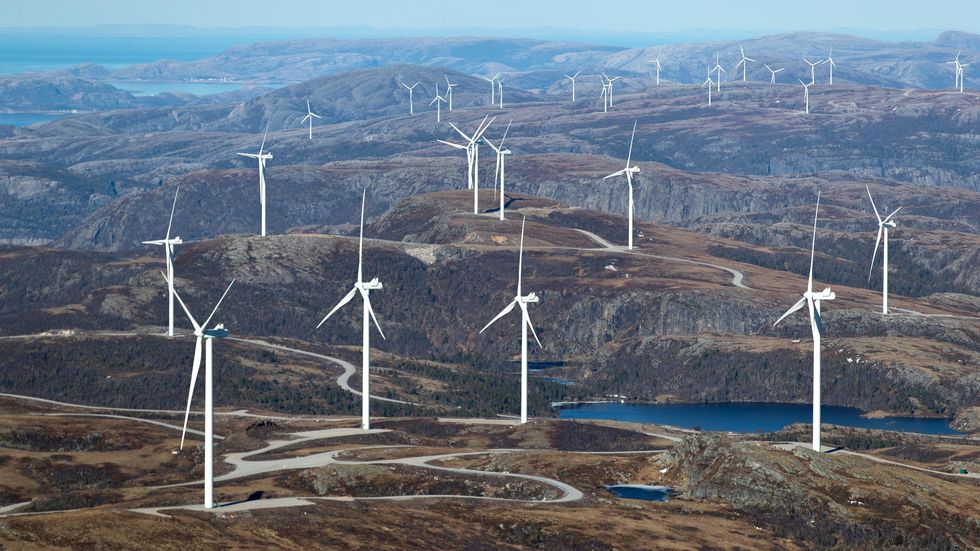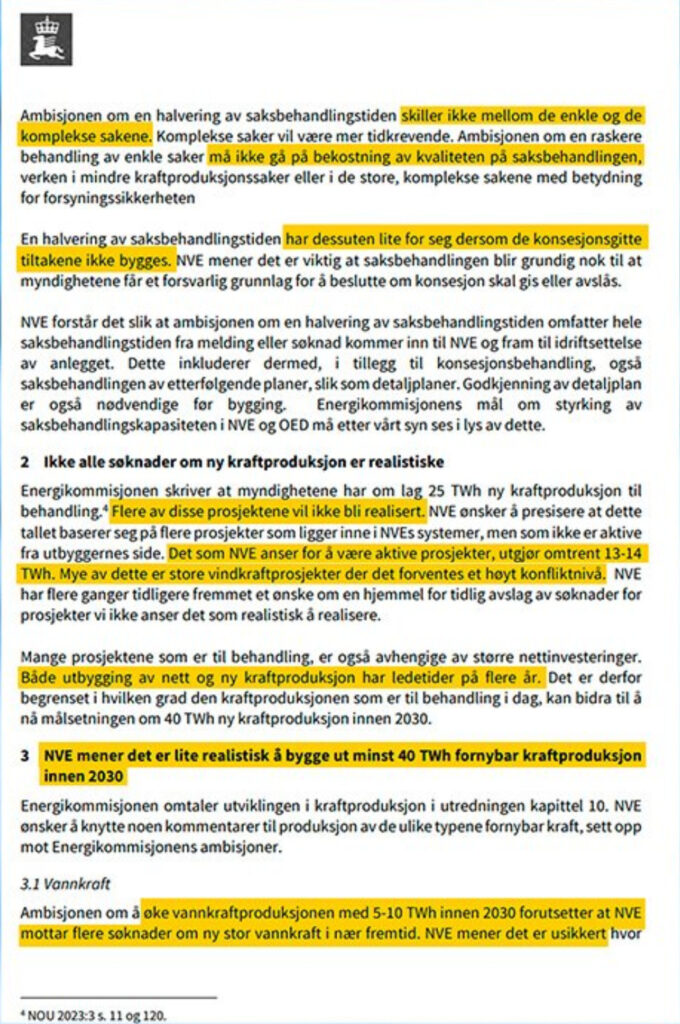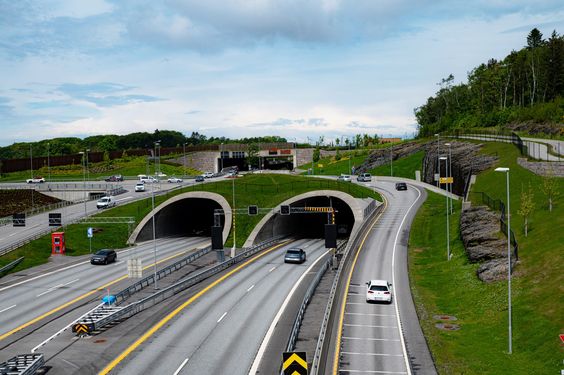MAKE WHERE YOU LIVE GREEN ON SEPTEMBER 11. #VALG2023
The municipalities are responsible for land use policy in Norway. They play the main role when nature is to be protected, ecosystems are preserved, energy is saved, and when new businesses are to be established. In this year’s election, we decide who will have the main responsibility for preserving Norwegian nature.

The development of wind power plants involves large land interventions. Roads and new energy facilities have accounted for the majority of the reduction of unencumbered nature in Norway in recent years. 65 wind power plants in Norway have already led to approximately 450 km2 of nature having lost its status as free from encroachment or characterized by wilderness. Wind turbines contain the world’s most powerful greenhouse gas, SF6 and Bisphenol A known to damage human fertility.
Fortunately, municipal politicians have been given the power to say no to nature-destroying wind power plants!

Did you know that an electric vehicle only uses 2/5 of the energy of a fossil car in its lifecycle?
Instead of destroying nature for ever more energy production, we need to prioritize the energy we already have and make room for improved energy efficiency in buildings, transport, and all kinds of production, not letting any energy go to waste. The last two years of high energy prices for most Norwegians have shown that most of us do know how to reduce our energy consumption.
There are great opportunities for energy efficiency in buildings. This is the fastest and least conflicting measure to get electricity for other purposes. Energy efficiency will also contribute to improving the indoor climate and make the municipality less vulnerable to high energy prices. The municipality disposes of a large building mass and, at the same time, has an important role in informing and regulating both commercial buildings and homeowners. Everyone agrees that energy saving is important. Now is the time for action.
NVE’s analysis: unlikely with a power deficit in the coming years
CRITICAL: NVE CEO Kjetil Lund has written a short consultation response to the Energy Commission. The content is very critical. [Nettavisen highlights]

EU-study: One in four Norwegians do not believe that climate change is caused by humans
It’s difficult to imagine that the patterns we see among the Norwegians is not somehow related to our dependence on oil
Prof. Cathrine Holst and postdoc Torbjørn Gundersen, Department of Sociology and Human Geography at the University of Oslo
In our Norwegian Petrocracy, we also put a higher faith in oil companies and their “clean oil messaging.”
Only 49 percent of the Norwegians believe that the rise in temperature during the last century is higher than what it has been for 1,000 years. For the other countries, the corresponding figure is between 62 and 74 percent. Norwegians also clearly stand out as feeling the least threatened by climate change right now; 16 percent.

DAG OG TID: The extreme weather Hans washed away enormous amounts of the soil on which we produce food. Too many others do that too. In Norway, 3.5 percent, 11.3 million acres, of the land area is currently agricultural land, according to figures from the Norwegian Institute for Bioeconomy, Nibio. The figure includes 9.1 million acres of cultivated land and 2.2 million acres of inland pasture. According to statistics from the World Bank, 3.5 percent is a low figure compared to most other countries in the world. In the neighboring countries of Sweden and Finland, the agricultural area accounts for between 7 and 8 percent of the total, in Iceland 18 percent, in Denmark over 60 percent, while in the EU countries together are around 41 percent.
And despite the low figure, we are building down more and more of our agricultural area. New figures for the so-called redeployment of cultivated land show that last year, Norwegian municipalities agreed to develop a new 3,509 acres of agricultural land. That is 553 decares more than the previous year and 509 decares above the soil conservation target adopted by the Storting in 2021 of 3,000 decares a year. The new figures for the reallocation of cultivated land were presented by Statistics Norway (SSB) in mid-June, just a few weeks after the government launched a new soil conservation strategy with the goal that the reallocation should not exceed 2,000 acres annually. Mostly for transport, Nearly 40 percent of the agricultural land that was redistributed last year was set aside for transport purposes and mainly for large government road projects, while 23 percent was set aside for housing construction and 11 percent for industry.
There are 485,000 cabins in Norway. Most are empty almost all year round. Simultaneously we are building down more and more nature with new cabin fields. Many of the cabins being built today are houses complete with water, electricity, and sewage – preferably a winter-plowed road. New “cities” are being built in nature. An average cabin seizes on about one hectare and large quantities of raw materials such as timber and concrete for construction. In addition, there are roads and other infrastructure for the cabin construction and to serve increasing traffic between the towns and the cottage areas.
You see people riding around in suits in Vienna going to their meetings on a bike. And it’s safe cycling.
Billie Giles-Corti, RMIT’s Centre for Urban Research
You see medium-density housing, really high-quality medium-density housing throughout the city,
which makes it more intense but high-quality living.





Comments are closed.